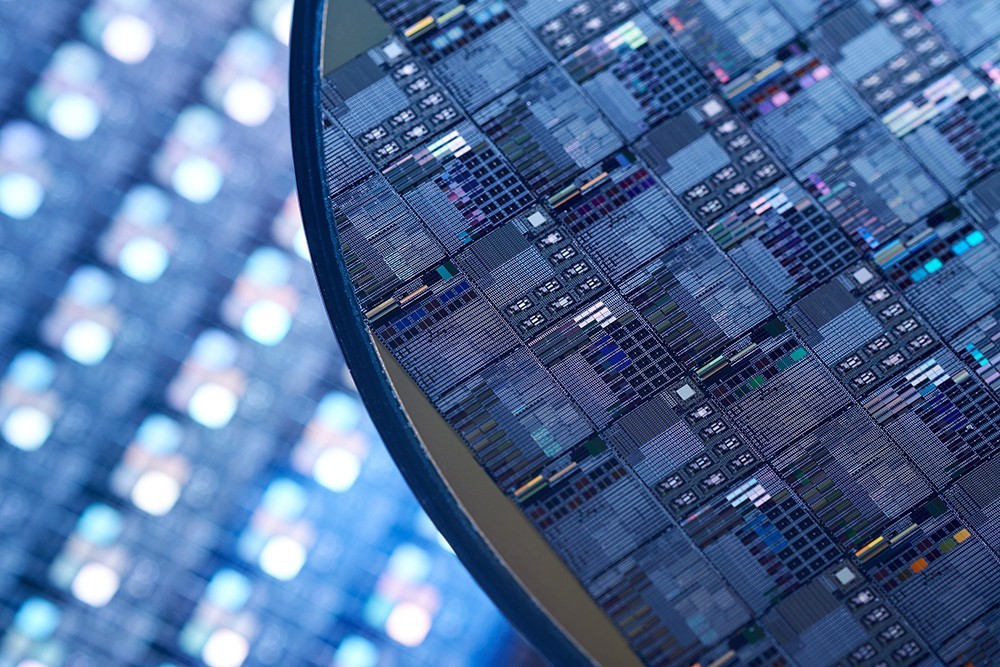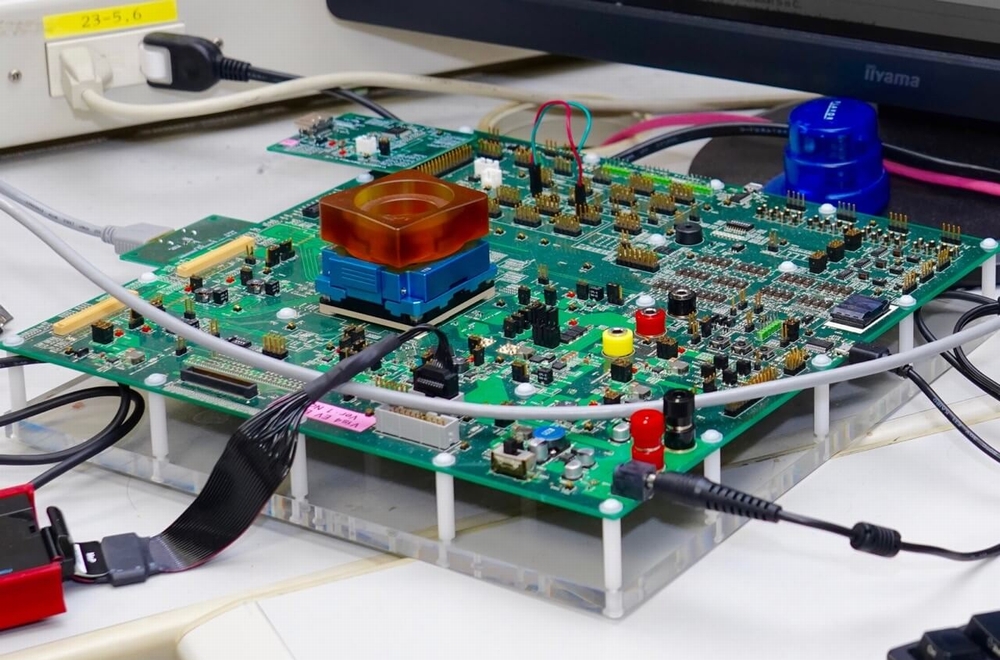Fighting invisible enemies to support the manufacture of high-quality semiconductors
2021/02/17 Toshiba Clip Team
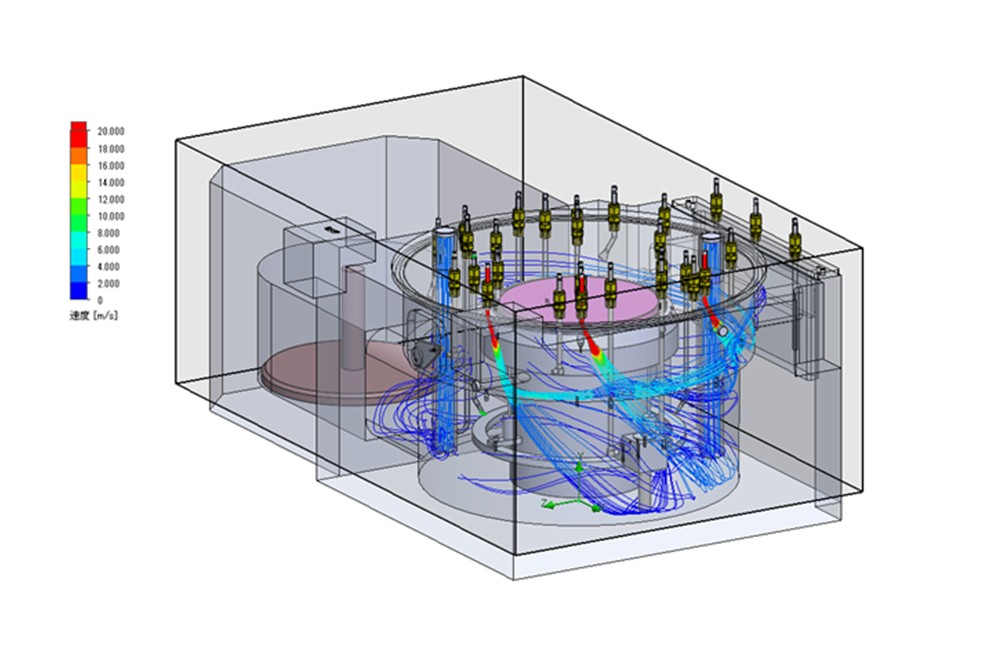
Japan Semiconductor Corporation’s Oita Operations, the facility responsible for Toshiba Group’s semiconductor manufacturing, manufactures semiconductors primarily for use in automobiles, an application that demands particularly high quality products.
Japan Semiconductor has manufactured high-quality semiconductors for many years now. How has it maintained high quality? Let’s take a closer look at the activities of the people in charge of the maintenance that support the manufacturing site.
What is important in maintaining high quality?
As noted in the prior article, semiconductors are manufactured in air-controlled clean rooms, because minute dust particles, invisible to the naked eye, are a direct cause of quality deterioration. The cleanliness of clean rooms is maintained through a range of measures that prevent dust from entering, such as air pressure differences and wearing dustproof coveralls, but even so, dust particles can sometimes be produced inside clean rooms.
Yuichi Okazaki, who works in Manufacturing Department at Oita Operations explains that this is due to the production process itself: “Some processes of semiconductor manufacturing can actually produce dust, which may affect product quality, so regular cleaning with specialized equipment is indispensable.”
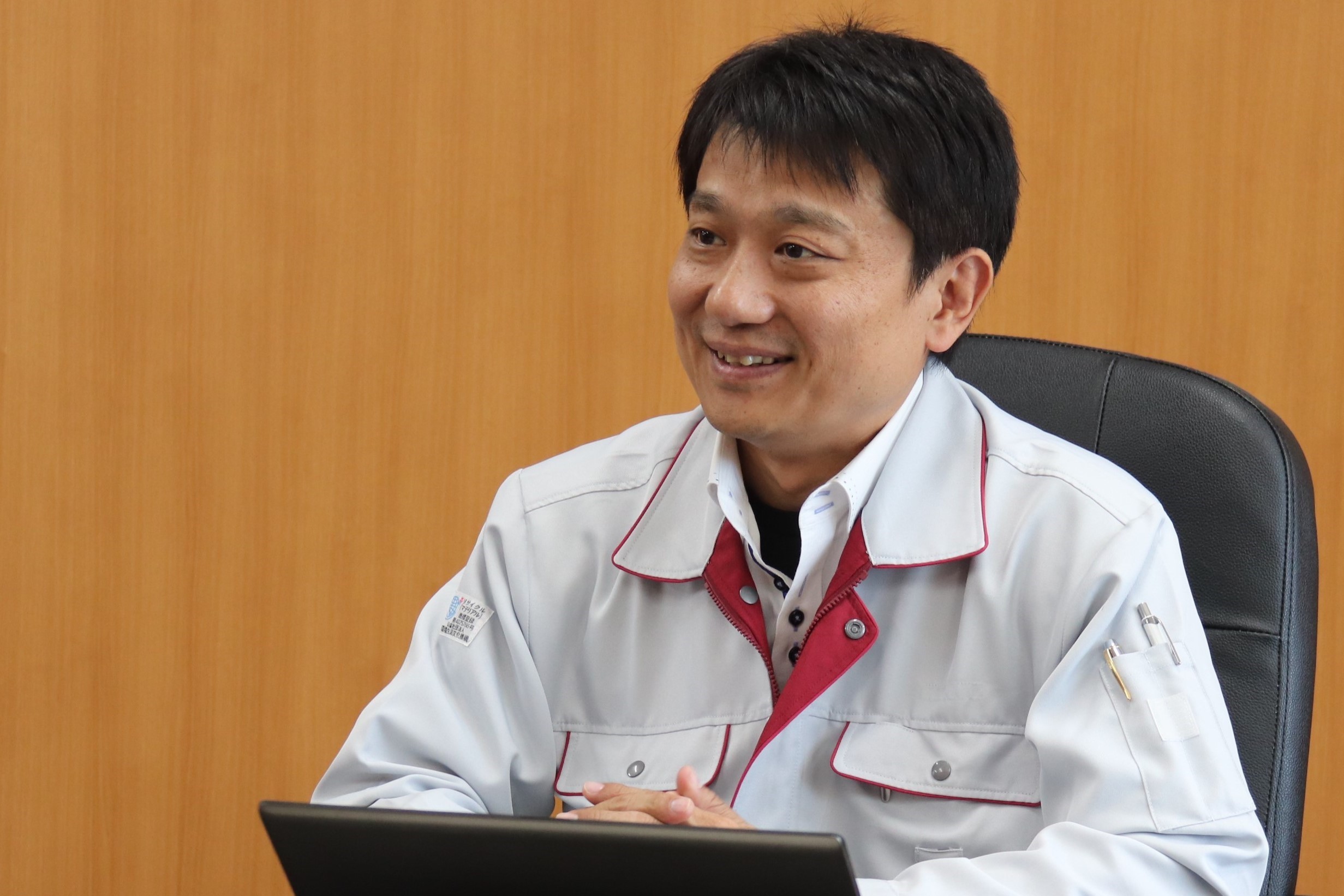
Yuichi Okazaki, Oita Operations Manufacturing Department, Japan Semiconductor Corporation
He explains that many processes are repeated in semiconductor production: multiple layers of film are formed on wafers and then removed by etching, and the repetition of film deposition and removal can produce dust. “For example, we know that film membrane debris gets left behind in the reaction vessel, known as the chamber, and that it causes product defects. So we have to clean the inside of the chamber regularly. It’s essential.”
Up until a few years ago, the inside of the chamber was cleaned manually by skilled operators. “Dust in the chamber is invisible to the naked eye,” Okazaki explains, “and we had to rely on the experience and intuition of the people who cleaned it.” After wiping it down with a methanol soaked cloth, the operators would blow away any remaining dust with high-pressure air guns and suck it up with vacuums.
Manually cleaning a single chamber took 120 minutes, quite a long time, and there was also the problem that the results of the cleaning varied, and depended on the skill of the operators who did the job. To get around these problems, we came up with a plan to automate chamber cleaning. Okazaki takes up the story.
“Through repeated daily trial and error, we found that dust could be collected efficiently when the air pressure inside the chamber is lower than that outside. So we asked our in-house equipment engineering department to work with us, and by simulating airflow inside the chamber and fine-tuning the positions and angles of air gun nozzles, we came up with “Auto Sequential Blow” equipment that automatically cleans the inside of chambers.”
As a result of this, chamber cleaning time was immediately reduced from 120 minutes to 45 minutes. As operators only had to set and reset equipment, it also solved the problem of variations in skill levels among the operators.

Using simulations to visualize air flows in the chamber won the battle against the invisible enemy
However, this was far from the end of improvement. “We carried on testing, and we found that changing the air gun nozzle from a circular shape to a fan-shape cleaned at a wider angle, shaving the cleaning time to 30 minutes, a quarter of the time needed for manual cleaning,” says Okazaki.
In a final evolutionary flourish, Okazaki explains that overall dust elimination has been accelerated by the addition of a self-diagnostic and automatic positioning function. The blower does a first round of cleaning, during which it identifies dusty areas. In the second round, these dusty places are targeted more intensively.
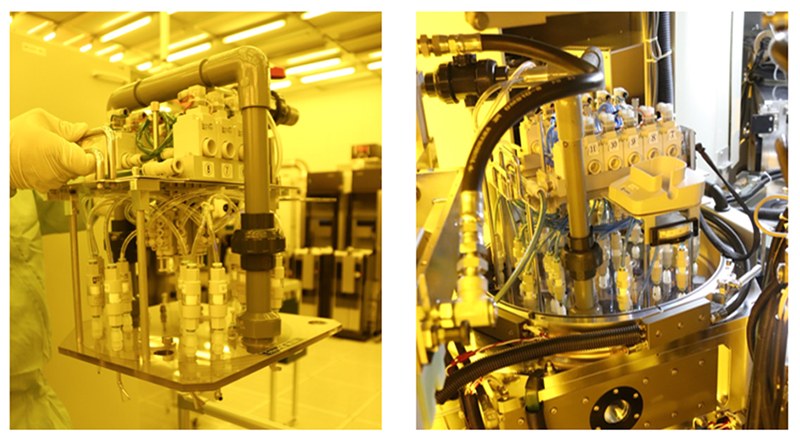
Left: Auto sequential blow equipment / Right: Installed in the chamber
Aggressive goals for maintenance activities
A staff of 133 people is responsible for maintenance activities at Japan Semiconductor Oita Operations. They are organized into three tiers, based on skill level: Maintenance Men (MM), who perform regular maintenance of equipment; Machine Keepers (MK) who are entrusted with using diagnostic equipment to carry out quantitative repairs; and Specialist Machine Keepers (SMK), who track down the root causes of problems through highly complex malfunction analysis and who are responsible for prediction, prevention, and improved maintenance. Each level has its own role, but there is also a training curriculum to improve skills, so people can aim for higher levels.
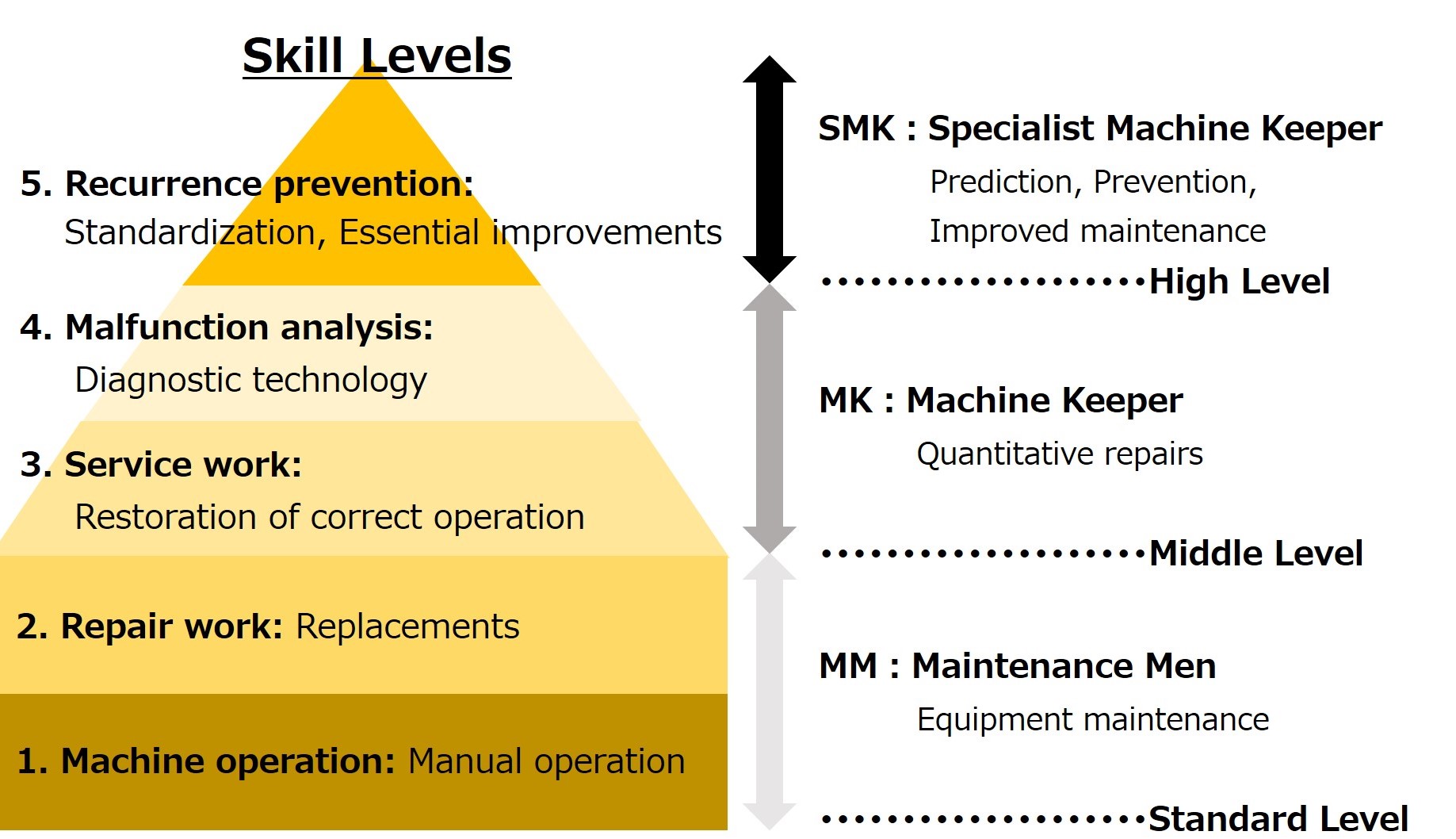
Maintenance activities at Japan Semiconductor Oita Operations
“An environment where you can acquire higher skills and aim for a higher level is a great motivation,” says Okazaki. “Our top SMKs are constantly push implementation of maintenance activities for higher goals.”
On the production line, if something goes wrong with the equipment, an alarm sounds and everything stops. Depending on where the problem occurs, it may be necessary to process the product all over again, and in the worst cases that can impact on delivery dates and inconvenience the customer. The 133 personnel responsible for maintenance work day and night to avoid that, and to keep the production lines running smoothly, while maintaining high level quality.
Tomoyuki Hada, who also works in the Manufacturing Department, steps up to share his perspective. “I’m an SMK, and beyond normal maintenance, we SMKs pursue further goals. One is the thorough investigation of causes of malfunctions.”
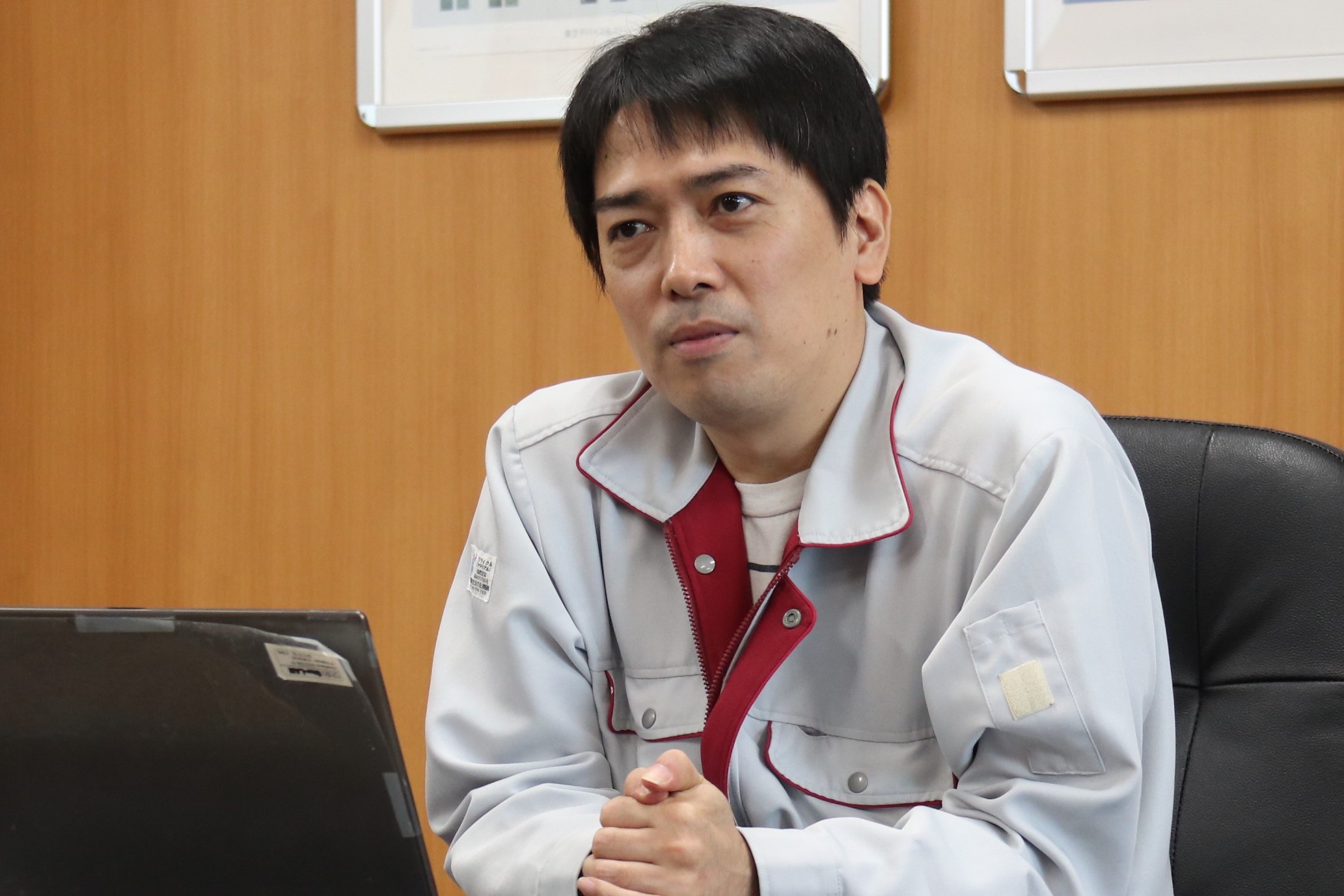
Tomoyuki Hada, Oita Operations Manufacturing Department, Japan Semiconductor Corporation
He explains that repairs to semiconductor manufacturing equipment are usually made by replacing broken parts with units sold by the equipment manufacturer. This approach is taken to minimize the time that the production line is down, and even if just a single screw or capacitor is actually broken, the entire unit containing the broken part is replaced, all without much investigation.
“But,” he continues, “when you disassemble a broken unit, you will find cases where all you need to do is replace cheap, small parts. In cases like that, doing the repair yourself can often be faster than buying replacement units from the equipment manufacturer, and surprisingly cheaper.”
Okazaki agrees with this assessment: “As you investigate the root cause of malfunctions, you see parts that can easily break. Once you understand that, you can consider how to use the equipment so that they won’t break, or to replace them with parts that are less likely to break. We believe this also leads to extending the life of the equipment. And that’s our other goal—to continue using our existing equipment for another 30 years.”
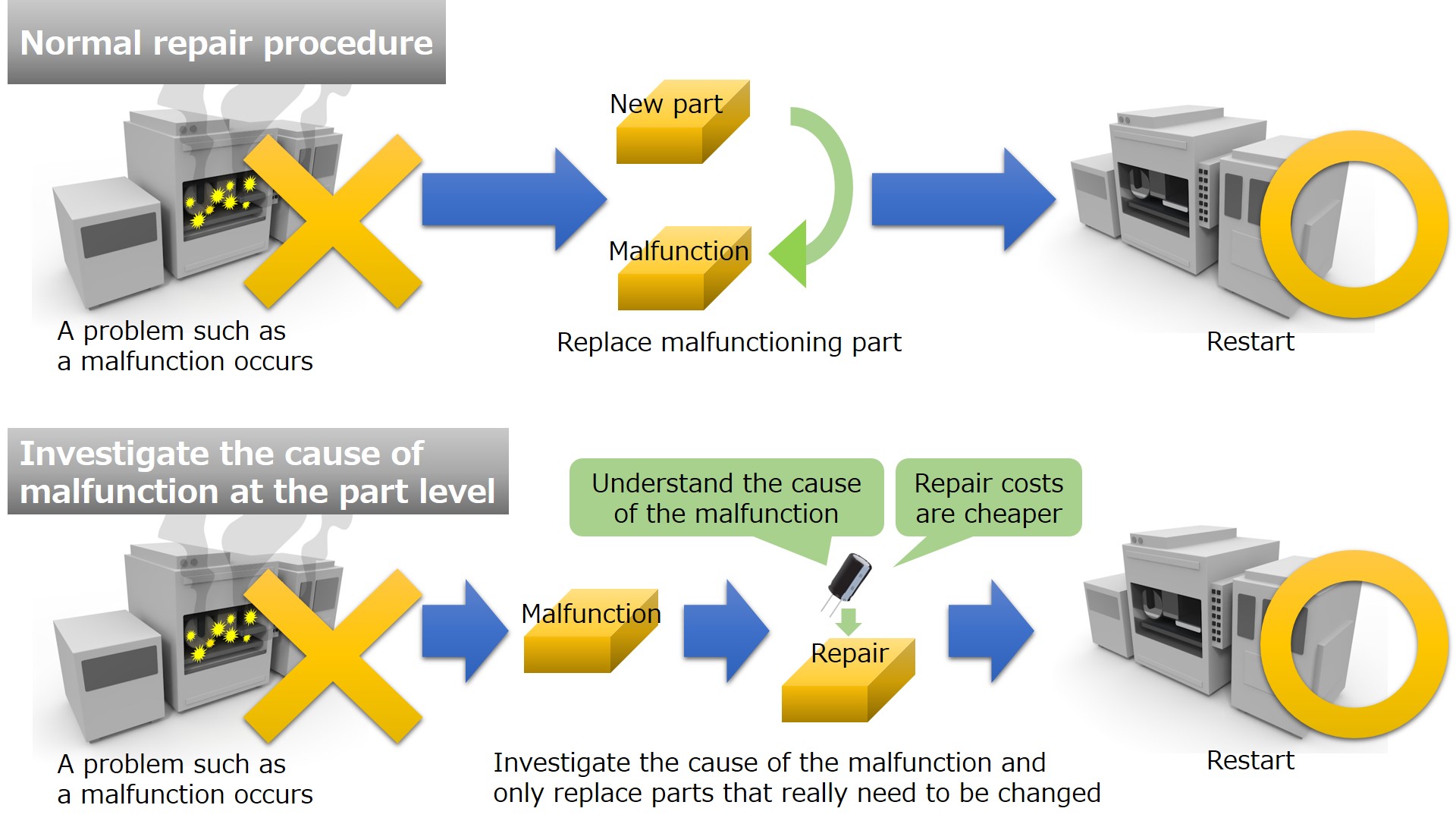
Below: Japan Semiconductor Oita Operations initiative. Investigate the root cause of malfunctions – surprisingly cheap and repairs can also be completed quickly
Thoroughly investigations of the causes of problem has resulted in cases where the number of malfunctions has been reduced to zero, and repair costs for some devices, which used to cost about 100 thousand US dollars every six months, have been reduced by 90 percent, Okazaki explains.
“Our approach is to say, let’s give it our best try,” says Hada. “Beyond the challenge I think we will find cost savings and improved utilization rates.”
In following this approach, there are often times when commercially available equipment is not sufficient for the deep level of investigation and repair. In fact, Japan Semiconductor uses 32 types of equipment, but more than half of them, 18 types, were developed by ourselves, explains Hada.
“If we don’t have what we need, we make it ourselves,” adds Okazaki.
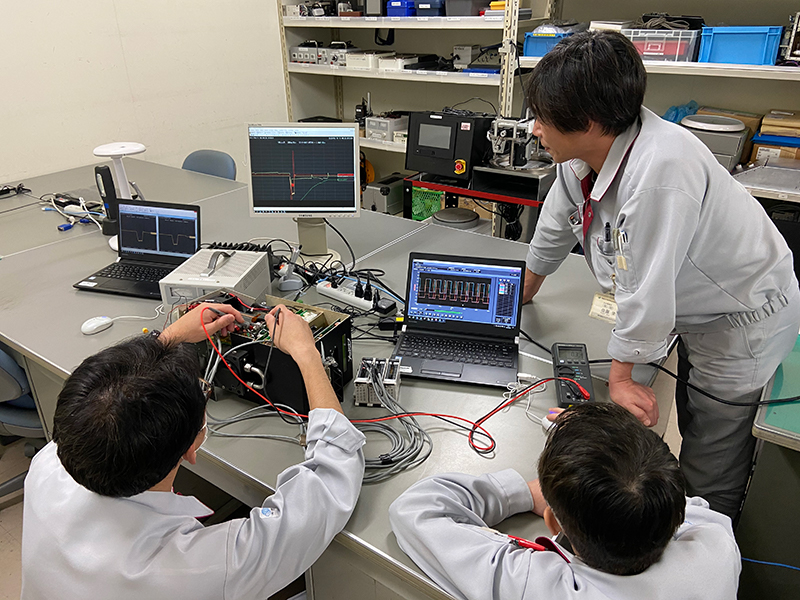
What is needed comes from this room. Original equipment is lined up on shelves in the background of the photo.
If equipment breaks, replace the unit. By taking a step beyond this normal approach to maintenance activity and thoroughly investigating the cause of the breakages, Japan Semiconductor’s maintenance experts can take the initiative in making equipment hard to break and even unbreakable. If it’s hard to break, processing by manufacturing equipment will not stop, and the quality and delivery times will be stable. Of course, improving the durability of manufacturing equipment also greatly contributes to reducing manufacturing costs.
The proactive approach and commitment of Oita’s maintenance staff, and their constant passion for change, is probably the real secret of how to continue to produce high-quality semiconductors, both today and for many years to come.
![]()





